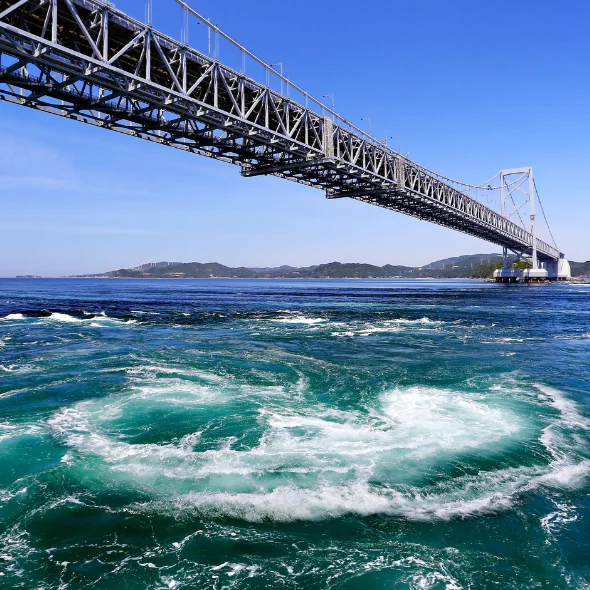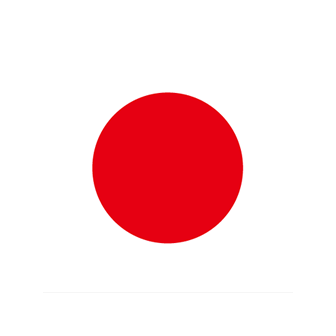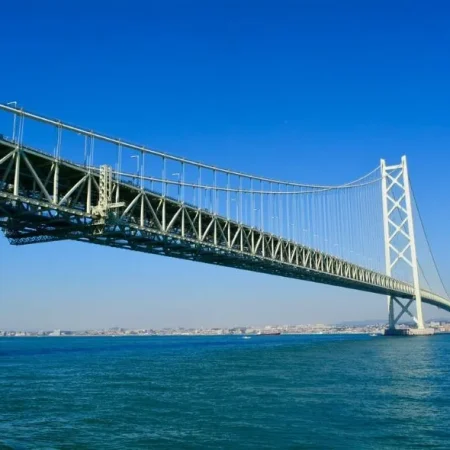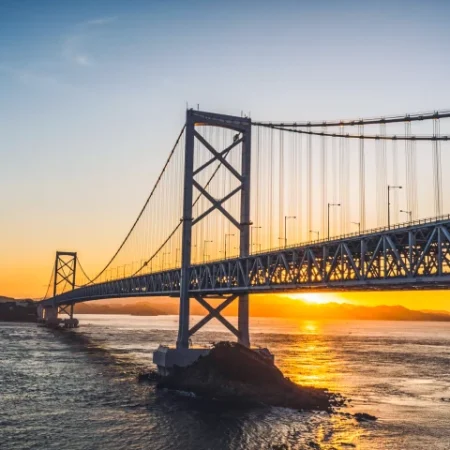Japan is a country renowned for its rich cultural heritage, fascinating stories, and awe-inspiring temples. Japan’s tangible and intangible cultural treasures have captured the imagination of travelers and historians alike. As you wander through the streets and gaze upon the breathtaking landscapes, it becomes evident that the history of Japan is intertwined with myths and legends that have shaped the nation’s identity. In this article, we invite you to delve into the history of Japan and the enigmatic tale of Japan’s birth, a captivating narrative rooted in the Kuniumi story from the Kojiki.
Table of Contents
The History of Japan’s Oldest Book: Kojiki
Kojiki, known as the ‘Record of Ancient Matters’, is essential in the history of Japan and holds the distinction of being Japan’s oldest historical book and the oldest known text from the country. Ono Yasumaro, a court scholar, compiled this work in 712 CE. It covers a wide range of topics, starting from the gods and the creation of the world, followed by the genealogy of early emperors. The primary purpose behind commissioning Kojiki was to establish a clear lineage connecting the ruling emperors of the 7th and 8th centuries CE to the Shinto gods, particularly the supreme sun goddess Amaterasu.
Kojiki, written primarily in Chinese characters but with some Japanese adaptations in sentence structure, is a distinctly Japanese creation. While certain elements, such as gods and names, show influences from China and Korea, the overall work remains unique to the history of Japan. It combines prose with poems and folk songs, following a three-book format focusing on gods, early emperors, and later emperors.
Japan’s Creation Myth: The Kuniumi Story

In Japanese mythology, Kuniumi (birth of the country) is an ancient and mythical story of the Japanese archipelago’s emergence and the creation of its islands, as depicted in Kojiki. As per Kojiki, the history of Japan started when the two divine beings, Izanagi and Izanami, first stood upon the ethereal floating bridge of heaven. With a sacred spear, they stirred the turbulent world, causing drops to fall and solidify into an island. This legendary land was called Onokoro Island and became the foundation of Japan itself.
Izanagi and Izanami descended to the newly formed island and began the work of procreation, giving rise to various deities who became guardians and rulers of Japan’s diverse landscapes. Each of their children played a crucial role in shaping the nation’s identity, and the Kuniumi story lays the foundation for Japan’s sacred lineage and its imperial family.
The birthplace on Awaji Island, Japan
Awaji Island, situated in the eastern part of the Seto Inland Sea, is the largest island in Japan’s Inland Sea and is known for its natural beauty, captivating coastline, lush greenery, and breathtaking sunsets. It also holds a significant place in the divine creation of Japan according to Kojiki. As the first piece of land formed during the Kuniumi process, it is considered a sacred site, attracting curious travelers and pilgrims eager to delve into Japan’s mythical origins. Awaji Island boasts numerous destinations intricately linked to the history of Japan, as described in Kojiki and Kuniumi. Next, we will highlight some of these captivating locations.
1) Izanagi Jingu

Izanagi Jingu is a prominent and revered Shinto shrine located on Awaji Island. It holds significant historical and cultural importance as it is believed to be one of the oldest shrines in the country. The shrine stands as a testament to Japan’s mythical beginnings and offers a serene atmosphere for contemplation and prayer.
The shrine’s significance reaches far beyond its mythical associations, as it has been revered for countless centuries as a sacred place for worship and spiritual contemplation. Embodying traditional Shinto design, its tranquil setting and architectural elegance provide a serene haven where visitors can experience inner peace and harmony. Izanagi Jingu, deeply intertwined with Japan’s mythical origins, stands as a poignant cultural landmark, inviting guests to immerse themselves in the captivating realm of Japanese folklore, spirituality, and heritage.
Legend has it that the shrine’s foundation dates back to Izanagi himself, making it a remnant of his residence. After bestowing his powers upon his daughter, Amaterasu, the deity constructed Izanagi Jingu, where he spent his final days. Meandering through the shrine grounds, visitors can receive the blessings of Shinto and behold the awe-inspiring sacred tree, which has gracefully stood for nine centuries.

2) Nushima

Nushima Island serves as a symbolic representation of the ancient myth of Onokoro Island, where the divine figures Izanagi and Izanami stood upon the heavenly bridge. Using a sacred spear, they stirred the tumultuous world, causing droplets to crystallize into an island that laid the very groundwork for Japan. Among the various theories and potential locations for Onokoro Island on Awaji Island, Nushima emerges as the most credible candidate. Nushima Island’s mystique deepens as it embodies the sacred symbolism of a Magatama, a crescent-shaped jewel, and is said to be reflected in the entire landscape of the island.
Nushima, enveloped by lush forested hills, beckons adventurers with its accessible hiking trails. At the back of the island, awaits the renowned Holy Standing Rock, a picturesque formation rising from the water. In just a short span, you can traverse the entire island, exploring village shrines and temples, while immersing yourself in its tranquil ambiance.
3) Eshima

Eshima Island holds a significant role in the history of Japan and among the Onokoro Islands, shrouded in myth and legend. It is considered one of the candidates for Onokoro Island. Close to Eshima, Iwakusu Shrine, and Ebisu Shrine carry profound importance in Japan’s creation narrative. These sacred shrines provide a window into the region’s cultural and spiritual legacy, strengthening the bond to Japan’s historical origins. Although accessing the island directly might not be feasible, one can still revel in the enchanting beauty of Eshima from its periphery. The island’s allure presents a captivating spectacle that appeals to photo enthusiasts and nature lovers alike.
4) Onokorojima Shrine

Onokorojima Shrine, located in Minami-Awaji, features an imposing red torii gate that stands as the largest on the island. With its origins dating back to ancient times, this shrine held immense significance to the history of Japan, serving as the most important sanctuary in the southern half of Awaji, second only to the Izanagi Jingu in the northern region. The shrine takes its name from the sacred island of Onokoro, a significant site mentioned in Kojiki, Japan’s oldest book.
Onokoro Shrine’s main hall lies just beyond the torii gate, and visitors can reach it through a stone staircase. Right beside the main hall, a noteworthy stone holds a fascinating legend. According to the tale, the two deities, Izanagi and Izanami, witnessed a pair of wagtails perched on this very stone. The enchanting sight inspired them to come together, forming a bond as husband and wife, and eventually, they bore a child. This heartwarming story adds to the shrine’s allure and reverence, attracting visitors to immerse themselves in its deep mythical heritage.
5) Naruto Whirlpools

The Naruto Whirlpools are large and powerful tidal whirlpools that are formed due to the gravitational pull of the moon and the ocean current. They occur when the tide moves large amounts of water in and out of the strait, and experts observe that the whirlpools can form up to 20 meters in diameter and rush at the speed of 15 km/hour. From the whirlpools, you will witness a phenomenon reminiscent of the stirring of the ocean in the Japanese creation myth. This awe-inspiring natural spectacle brings to life the ancient stories passed down from generation to generation about the sacred spear used by Izanagi and Izanami.
Closing
As you venture through these sacred destinations on Awaji Island, you will find yourself immersed in a world of ancient legends and profound spirituality. The Kuniumi story, narrated in Kojiki, serves as a reminder that the history of Japan is a tapestry woven with threads of myth and reality, creating a unique cultural landscape that continues to captivate the world.
The history of Japan is one that transcends time, seamlessly blending ancient mythology with the modernity of today. The birth of Japan, as depicted in the story, showcases a nation that cherishes its past while forging a dynamic future. As you explore the temples and cultural treasures, remember that beneath every stone and within every legend lies the heart and soul of Japan’s enduring spirit.













